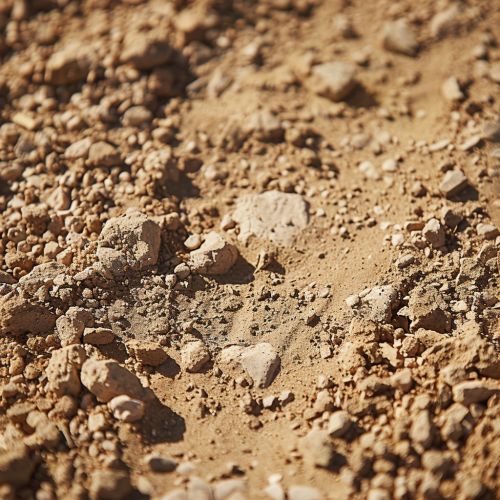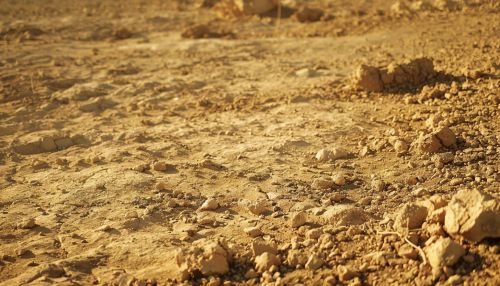Aridisol
Introduction
Aridisols are a type of soil used in the soil taxonomy system that covers almost 12% of the Earth's ice-free land area. They are characterized by their dryness, or aridity, and their accumulation of calcium carbonate and other salts. Aridisols are found in arid regions around the world, including the southwestern United States, northern Mexico, central Asia, and northern Africa.
Formation
The formation of Aridisols is primarily influenced by the climate, specifically the lack of precipitation. The arid climate leads to limited leaching, which allows for the accumulation of salts and other minerals. The parent material, or the underlying geological material in which the soils form, also plays a significant role. Aridisols can develop from a variety of parent materials, including alluvium, eolian deposits, and rock weathering residues.


Characteristics
Aridisols are characterized by a lack of moisture, which restricts the leaching process and leads to the accumulation of salts and other minerals. They typically have a light color due to the lack of organic matter. Aridisols also have a high salt content, which can lead to the formation of a salt crust on the soil surface. The soil profile of an Aridisol typically includes a surface horizon, a subsurface horizon, and a parent material horizon.
Classification
In the Soil Taxonomy system, Aridisols are divided into seven suborders: Argids, Calcids, Cambids, Cryids, Durids, Gypsids, and Salids. Each of these suborders is further divided into great groups, subgroups, families, and series based on specific soil properties.
Uses
Despite their arid conditions, Aridisols can be used for a variety of purposes. They are often used for grazing livestock, as the sparse vegetation can provide forage for animals. Some Aridisols, particularly those with a high salt content, are used for the production of salt. In some cases, Aridisols can be irrigated for agricultural use, although this can lead to problems with salinization.
Challenges
The main challenge with Aridisols is their lack of moisture, which limits their agricultural potential. The high salt content can also be problematic, as it can inhibit plant growth and lead to soil degradation. In addition, the sparse vegetation cover can lead to soil erosion, particularly in areas with high wind activity.
Conservation
Conservation efforts for Aridisols primarily focus on managing the soil's water and salt content. This can involve practices such as contour plowing, terracing, and the use of cover crops to reduce soil erosion. In areas where irrigation is used, careful management is needed to prevent salinization.
